
carlyai
-
Posts
5,875 -
Joined
-
Last visited
Content Type
Events
Forums
Downloads
Quizzes
Gallery
Blogs
Posts posted by carlyai
-
-
Perhaps use a 12v DC boat type pump - would provide plenty of power and probably safer.
-
Yes, thanks, and i see what you mean. Maybe too hard basket at the moment, but this basket is overflowing ?.
Maybe just connect up one of the girls with no timer at the moment.
Increase the ambience around beer drinking time. ?
-
I don't think what you are looking to achieve would be possible,
you would need to buy 5 small pumps,they are not expensive,
BUT the cable on them is usually quite short,so joining them
together and at the same time making the connection waterproof
would not be easy.
Then you would be giving yourself a lot of work,as the pumps
would require cleaning every couple of weeks,taking them apart
and cleaning the impellers,you would be better getting a larger
pool ,use it as a reservoir ,you could use one bigger pump and
some valves and supply water to each, with water returning to
the pool, the bigger pumps have earth wire,smaller ones don't.
regards worgeordie
-
Hi Lop3.
I do have some waterproof covers.
Maybe have to think again.
Hopefully someone who is familiar with fish tanks can tell me what model pump I would need.
-
Did not catch that on top photo but second photo clearly shows electric outlet to be on what appears to be an outside wall? That is going to be a seriously hard and messy process to make waterproof here in Thailand. The only outside outlet I have is a sealed outside type which had a protective plastic bag covering it. Rain water blows in all directions and will find the slightest hole.
-
Setting up just as it is. Temp/perm installation until/if/when I get the pool done.This outlet is eventually for the pool pump (hopefully).
I really only wanted one small pump to supply the water outlets: the snakes heads snd the 4 girls. So the output of the pump would feed the snakes heads and the girls.
-
Carlyai;
Will you be setting these gnomes up within a larger pond as that would make the whole process of piping up,wiring up and using only one pump a whole lot easier.
I dont know for sure but otherwise i guess you will need several tiny pumps and routing the power cables all together somewhere
-
The receptacle is a standard Thai one, 90×55×40 mm.
I thought there may be some commercial timers that fit in the receptacle.
Maybe I can buy some electronics and make up a small timer to fit in the receptical with the power socket for the pump connection.
I have some waterproof covers for these recepticles.
Maybe a rethink?
-
If only I knew what the exact size of the receptacle is?
On Thai websites you find timer switches with 60*60*32 mm.
Maybe too big?
https://portal.weloveshopping.com/product/L90310289
A rain protecting cover/housing would also be needed.
You should really consider mounting a water protected housing/enclosure at the wall over the outlet to have space for installation.
-
Hi
I could have bought some seeds and planted but read they take ages.
Oh well....will keep slowley looking.
Thanks
-
Such an incredible smart and resourceful lot in this forum and I would like some exaPERT advice.
SWMBO has this fountain, strategically located to bring luck (ain't won the lottery yet) and, everything else ....make good.
I want to connect up the girls and snake to a little water pump to get the fountain working. Anyone got specs and where available?
Also I would like to install a timer for the pump in the power outlet. Is there a timer/power outlet available that will fit in the 220V power receptical?
Would I need a sump or resivour for the water for the pump?
This is the power outlet that I want to put the combined timer/outlet in. Is there such a thing? I didn't really want to hang a timer off the power outlet.
These are My Girls and Naga (when I get drunk it looks like the Naga has more than one head?)
Probable like a typical small fountain, but I've never installed one.
-
This post is in response to 'want some pictures'?
Some of the pics may be nearly the same, but they are from 2 days ago.
The guy doing the rendering is insisting on creating a 'liam' (sounds like 'liam' in Lao haven't had time to look it up in my dic.), but it is a little lip on all the window, door and pillar frames that they build first with the green bag cememt and then render up to it. Looks good, but really don't care as I'm going to use TOA WallTex (if I can get it up here for a reasonable price), for the finish paint.
I do note that the Thais build all the block work and lintels around the windows and doors first, then put the windows and doors in, and it seems to work well. The only problem I find with this is that every little stuff up in the building is left for the renderer at the end to get right and if you don't have great renders, then the finished product is not the best, and you can't change the render much. When I built the house I thought I could just sand it back before painting and would be OK, but it don't work like that. Bad render is a bad finish (TOA WallTex helps heaps.)
-
Where can I buy grafted advacado plants in Issan?
I live near Kuchinari.
-
Ok, will take some today.
I tried 3 methods of installing the windows.
1. using the metal straps supplied for the QCon blocks. I screwed 2 straps to the top, bottom and sides of the window and then secured them to the QCon blocks with 2.5 inch screws and concrete nails hammered into the blocks.(same as a poster mentioned).
I did not like this method as the windows could still move on the straps, which made it more difficult to plumb up.
2. The next window I drilled through the upvc and metal window frame and a hole into the QCon block. I couldn't find any special QCon block fasteners in our area so hammered a 3" screw attached to a metal plug into the block, and then screwed in the screw until on the outside of the upvc.
3. I did not think this method was too strong as the upvc is very thin and easy for the screw head to go thru the upvc.
So this method I drilled a hole thru the upvc and screwed the screw into the metal window frame and bashed in a 3" screw on a metal wall plug and screwed it into the metal window frame. I bought some small hole covers that they use for Al sliding doors to cover the holes in the upvc.
It's very easy to drill too big a hole in the upvc as it is very thin. Probably use just Al windows next time, although the result ended good.
I think i would go for the second method (screw into the upvc) as the window just needs to be secure and plumb and this method worked ok.
I had some help with the farmers across the road who helped install the QCon lintels. These are probably a waste of money as no one here uses them (same with the bigger QCon blocks). They all use 7.5 cm.
Before we put the lintles on top of the windows and doors we filled around the windows and doors with white cement.
I wouldn't use the metal straps again, as we ended up using the 6mm reo hammered into the pillars and QCon blocks as per the QCon video.
The farmer across the road has finished his rice planting and is continuing the rendering. Great job too.
I showed him the QCon videos of rendering etc and now we are doing everything as per the videos ie installing the strips of mesh around the window and door frames and on each conduit cut out.
I'm finishing off the wiring and undercoating with speed primer at the moment.
I'll send the pics tonight when I finish.
The cheap Windsor upvc windows are ok, but if you get them from home pro make sure you check them as a couple of mine were dammaged in transit, which I descovered later.
-
Windows and doors in.
I used 3 different methods from posters.
Rendering in process.
Looks great.
Want some pics?
-
On the label it does say 6.5 'bottles red fruit wine'.
But what is wrong with that?
Proof man, proof.
Save my life and help me stop growing this extra arm. ?
-
Many repliers are implying that Mount Clair red wine is just a mixture of fruit juice, sugar? and .... don't know what else.
I know on the 5l box it says 'blended and bottled by ...'.
I want proof of what people claim the blended thingies are.... It does taste like wine to me, not some fruit juice.
Look, it even says on the box lable '... save every precious drop of your premium wine'.
See, no spelling errors, and 'premium wine'.
So..... where's the proof that it's full of chemicals and sugar and fruit juice?
-
You've buggered up my day. ?
What's wrong with mountclair red celebrations?
How do you know it's full of chemicals and just a fruit juice with additives?
I need some proof to stop drinking my two glasses a day.
But, there again, that could explain why I feel sick all the time and am growing another arm. ?
-
 1
1
-
-
The other card which you mentioned is still going strong in my area...it all depends on the area, Iam covered on the 30 bht scheme as are most of my friends with the yellow house book...
-
I did see the post about your sparky leaving, but you will need a diagram for the grand and great grand kids.
I am sure my SWMBO sometimes only keeps me around as I'm the only one who knows how this 'factory' (3 phase out here must be a factory) is wired.
-
Have you got a circuit for your setup?
Would be easy to see why the piggyback wiring with a circuit.
-
I'm a bit unconcentrating at the moment, but, the installation looks great and professional from the pics Naam.
I've got something similar, (like piggyback wiring) when I go from 3 phase to one phase to my gen set.
But I'm Leoed out, at the moment.
Looks good Naam. No bangs then all good. ?
-
Keep trying. Most of the replies so far aren't in your area and or have not really done it.
I am not in your area but have 2 'boor dans' or bores into the aquifer.
The secret is not to believe what anyone says, unless you are standing there next to the bore they have had drilled that works. Then you can believe them.
Unfortunately even the great Thai farmers, who may know everything, seem to come up short with many things, and bores are one of them.
If you find a truck with a drilling rig on and he wants to put in a 3" casing, go for a 6" casing, as then you can get a decent sized submersible pump down there.
I went for the above ground Lucky Star jet pumps, only because I had one on the first bore and felt more confident putting in another pump of the same type, plus I learn a lot from the first installation, which I initially didn't do.
Probably submersible, quality pump and fittings is the way to go.
Use high grade pvc pipe and casing. The casing the bore people used for my bores was normal pvc pipe, which everyone says is Ok, but better to go for thicker higher grade.
In the past (not sure about your area), people completing their Dr degrees etc did lots of aquifier surveys in Thailand.
The surveys will all be there (if there are any) at the ampher office. I haven't actually got to the stage of going to the office to look at the aquifer surveys, but I have been informed by another thread on Thaivisa, that it's a good idea to take SWMBO and the village headman, because a falang asking for this info. probably won't get it.
So, as someone who has had bores sunk, and connected the plumbing and pumps, and who's bore pumps work, but i don't live in your area, I would say, take it easy and do not believe what the Thai's tell you, use big 6" holes and do the job right.
Thai's have been doing bores for ever, like my brother in law the brilliant hard working farmer.
He only ever drilled 3" bores until he knew, recently, about 6" bores, now it's only 6" bores that are any good.
If everyone drills 3" bores, then that's all they know, so everyone drills 3" bores.
-
Cornishcarlos,
Sorry you miss my point.
Many posts on this forum talk about getting water from the ground floor of a shophouse etc to the 3rd or 4th floors, but no one has suggested using an air lift pump.


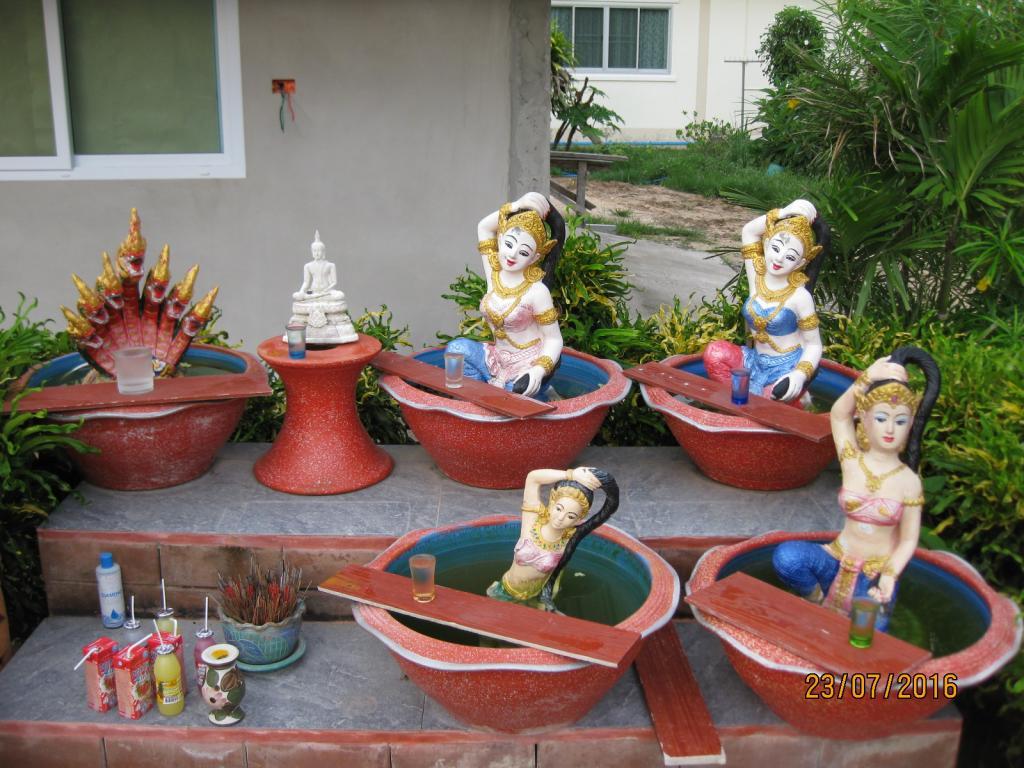
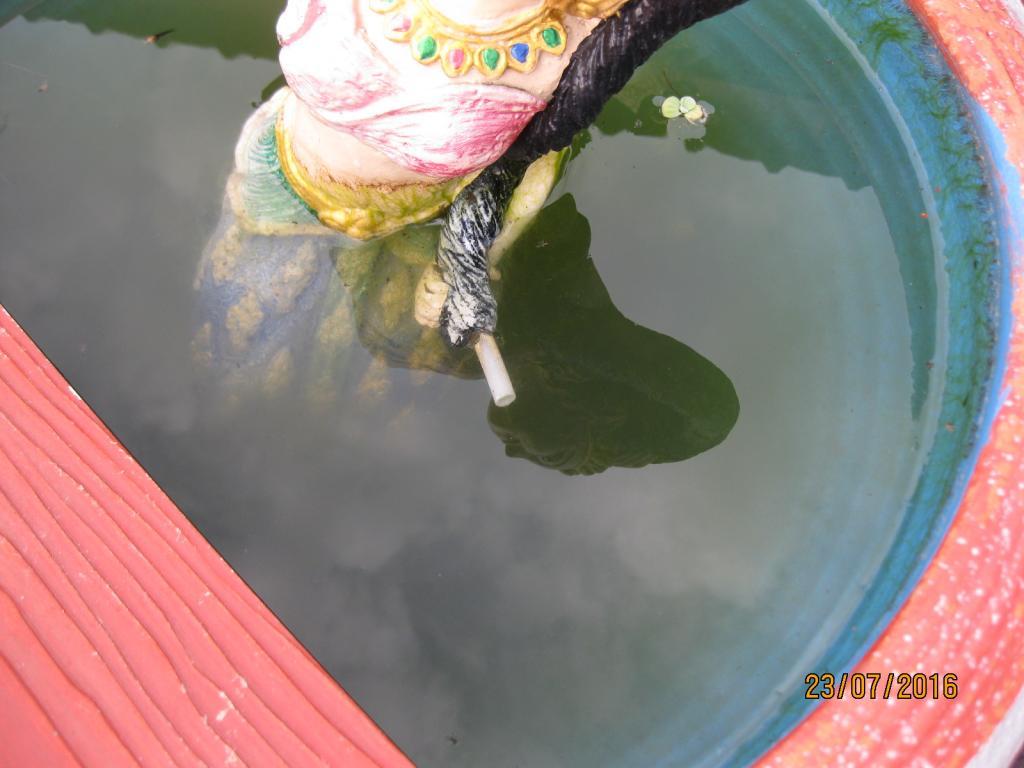

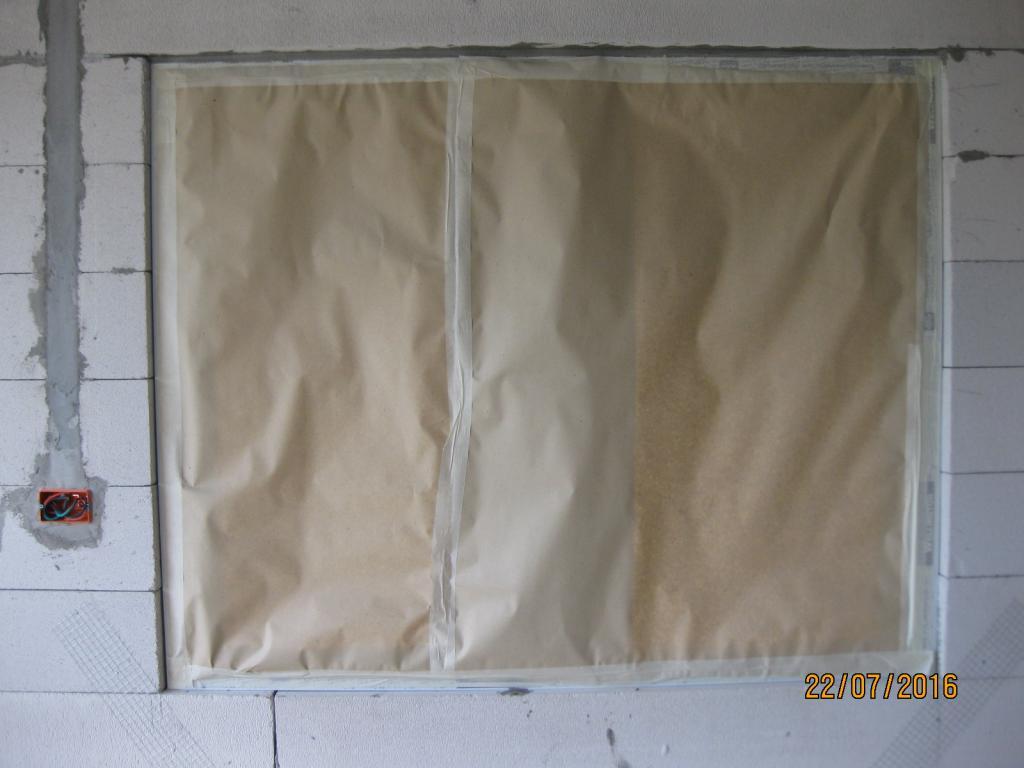
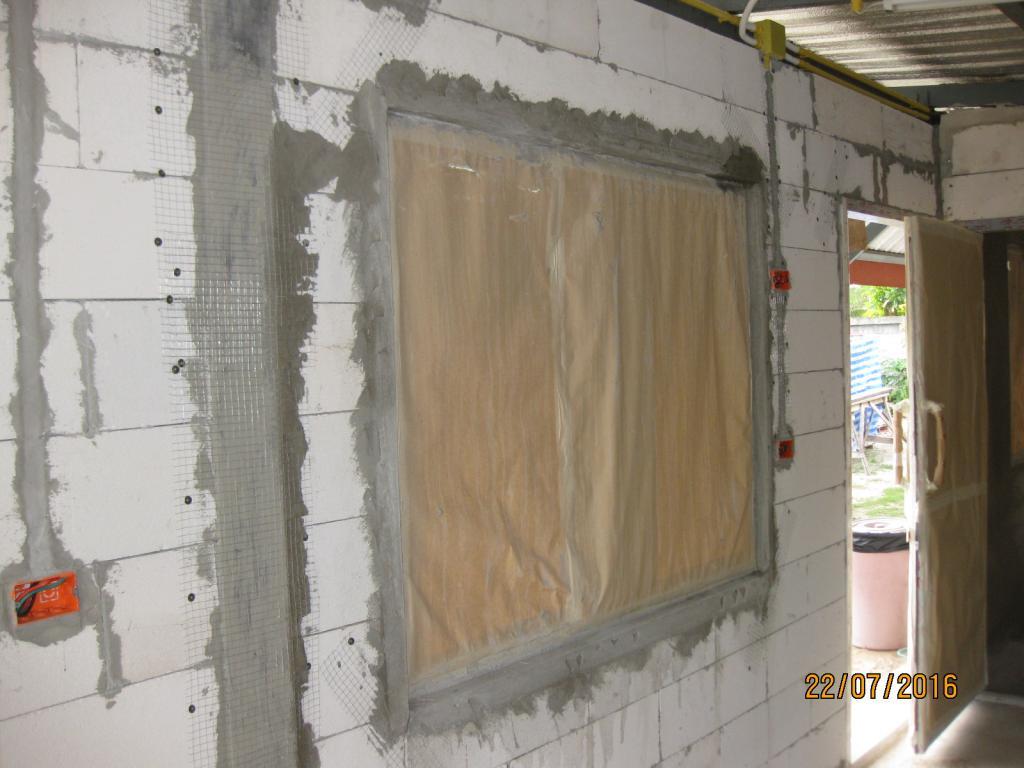
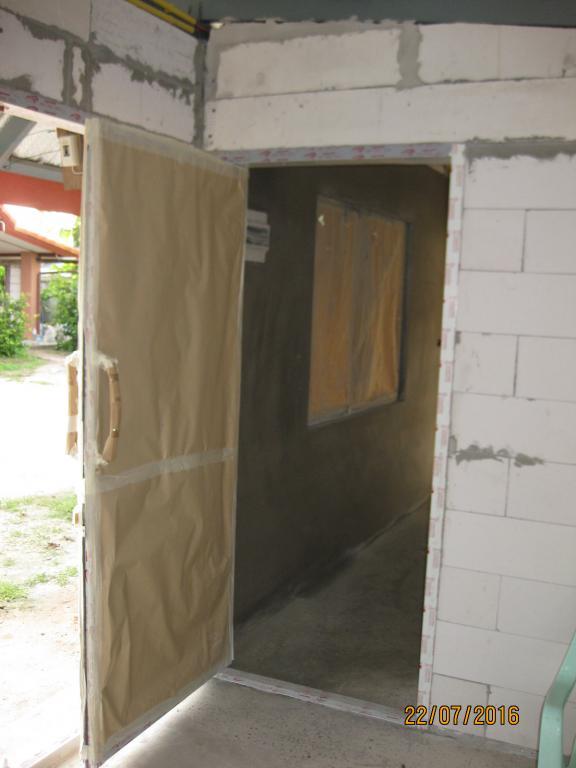
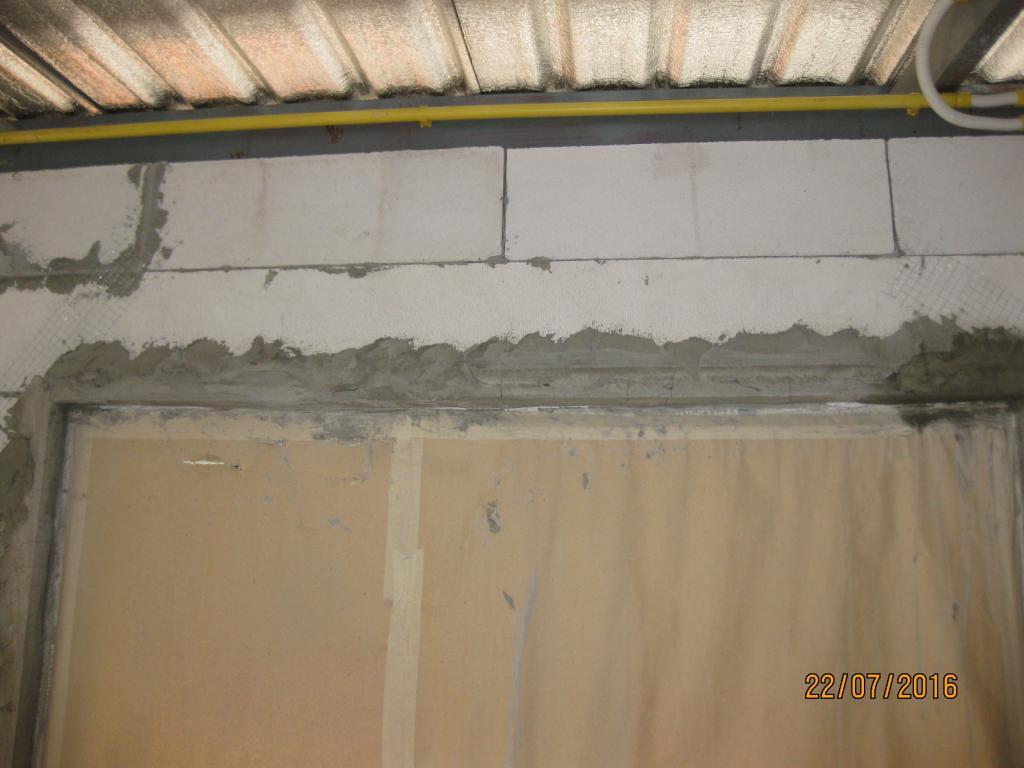
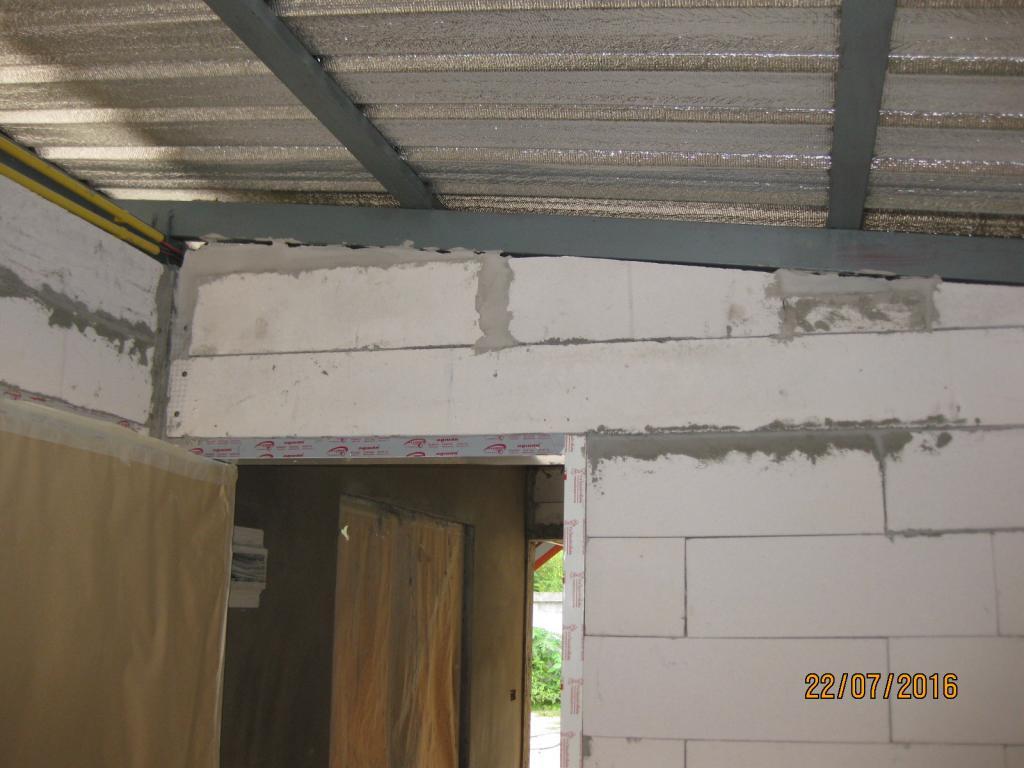
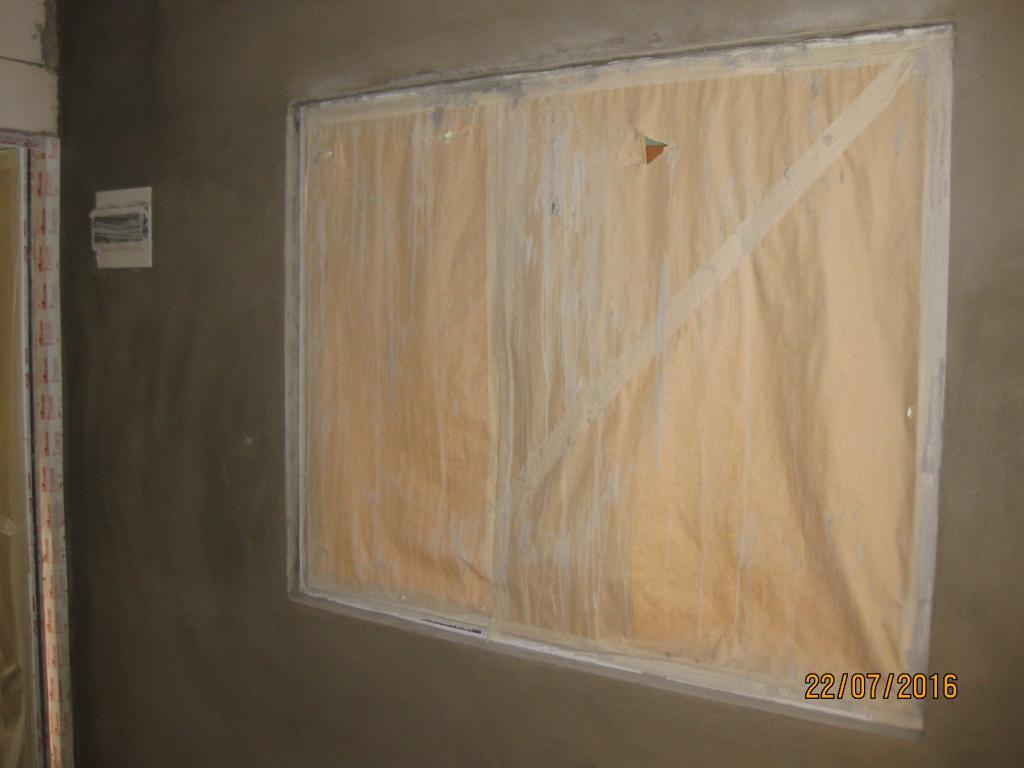

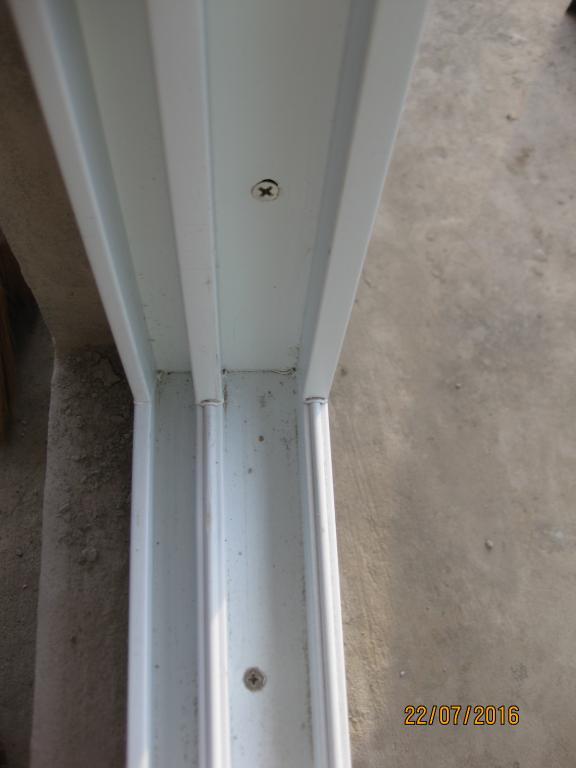
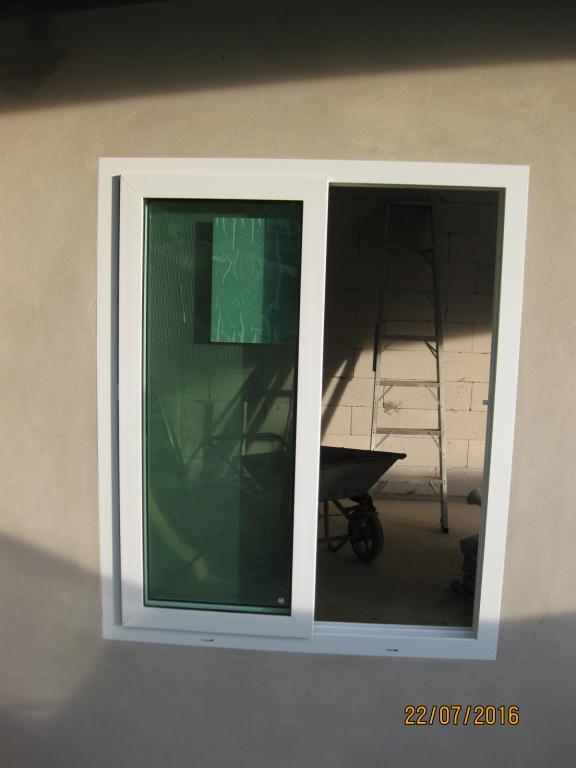
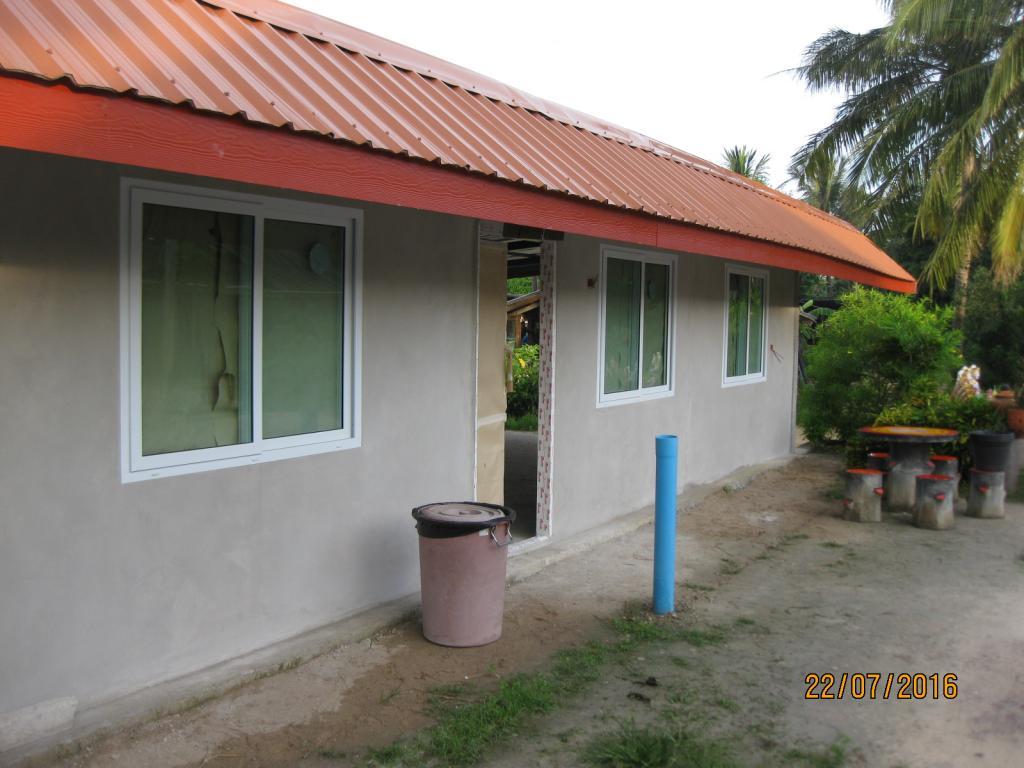
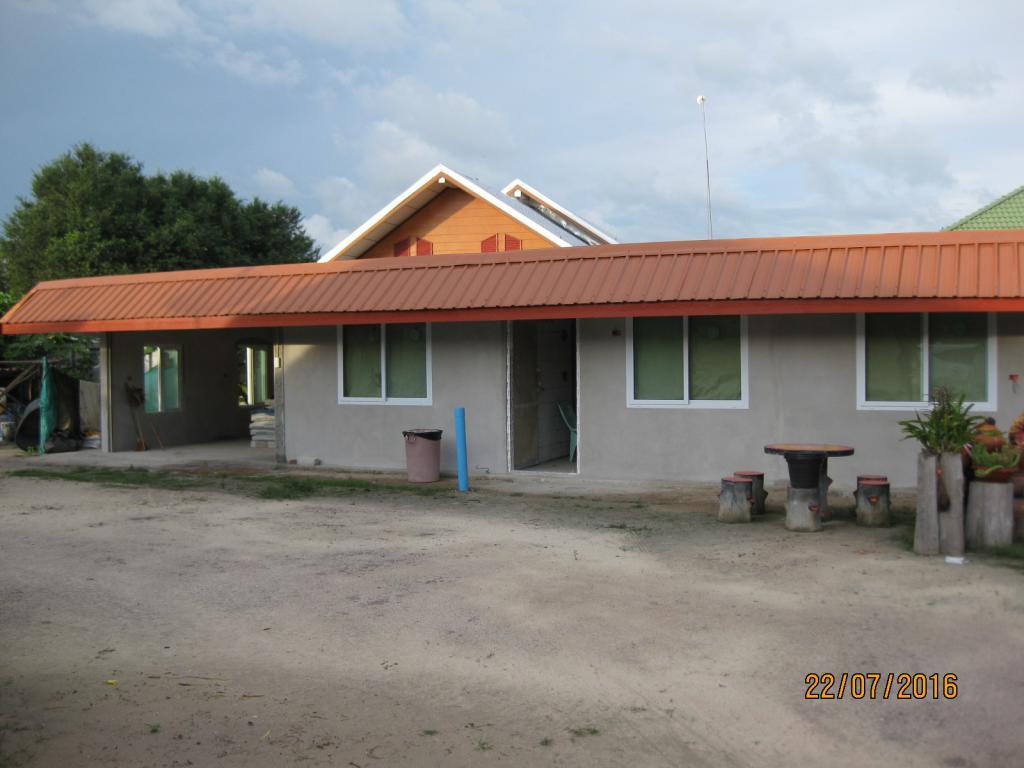
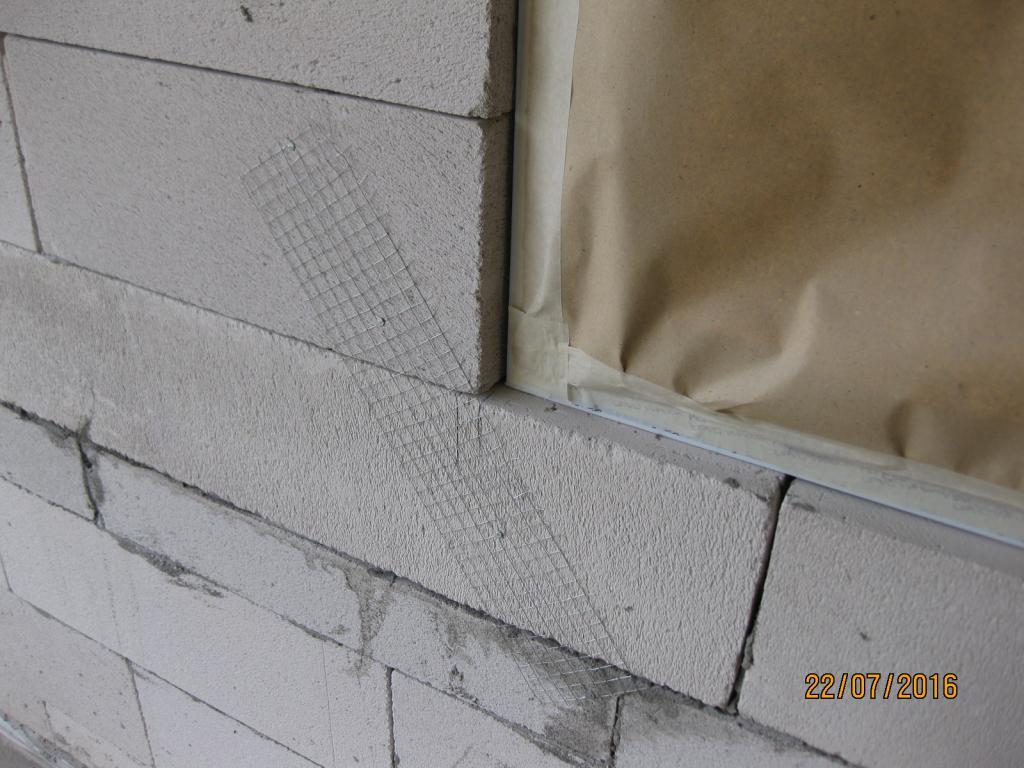
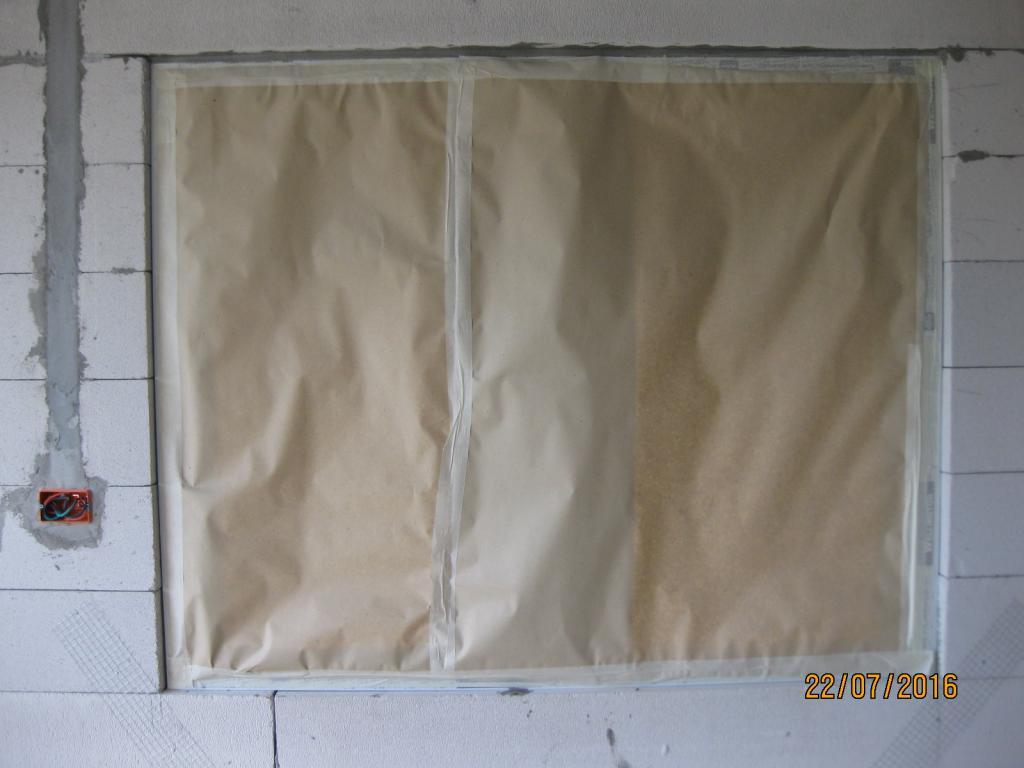

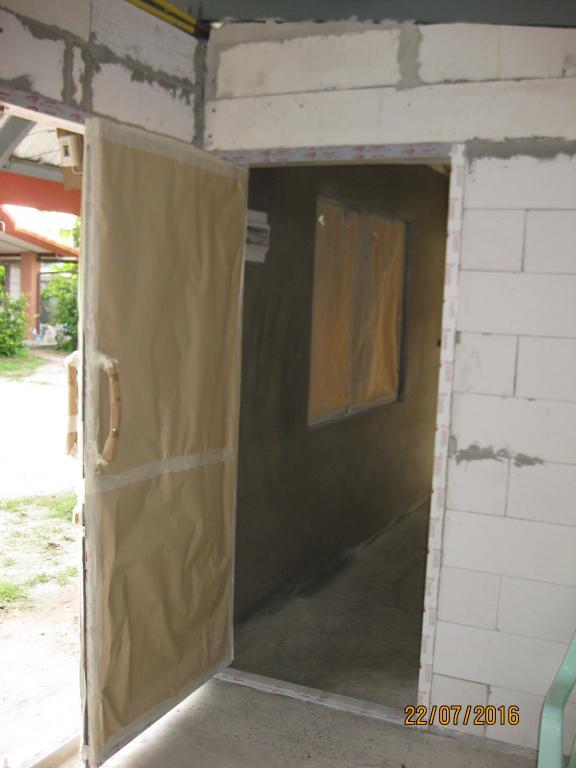
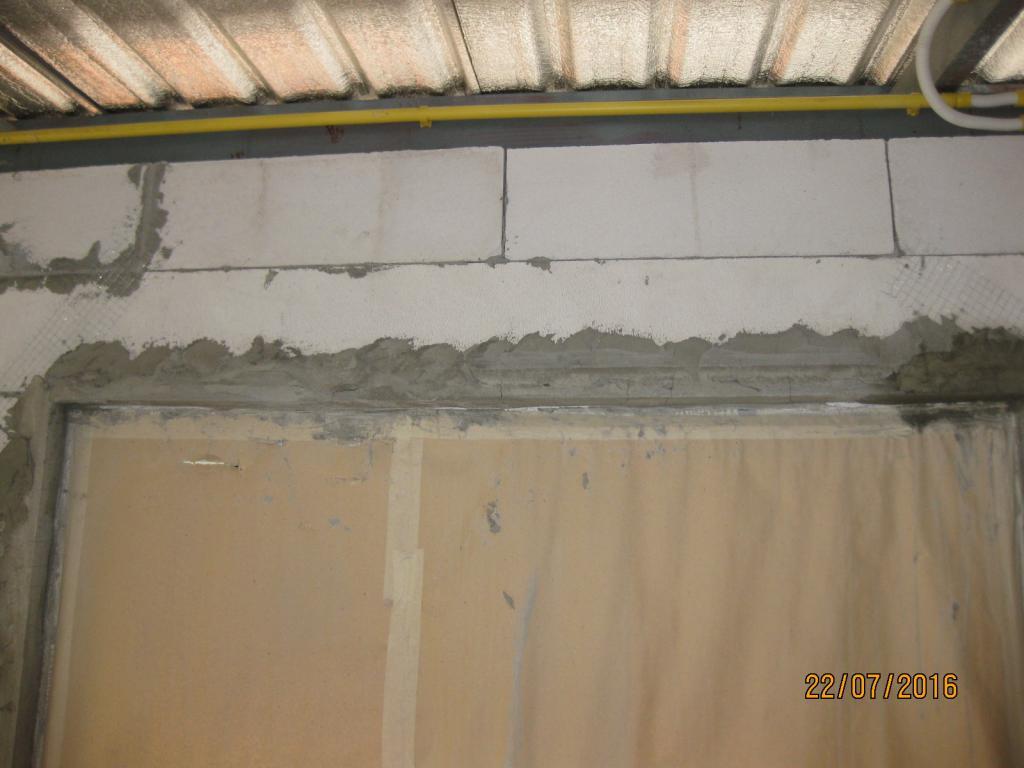
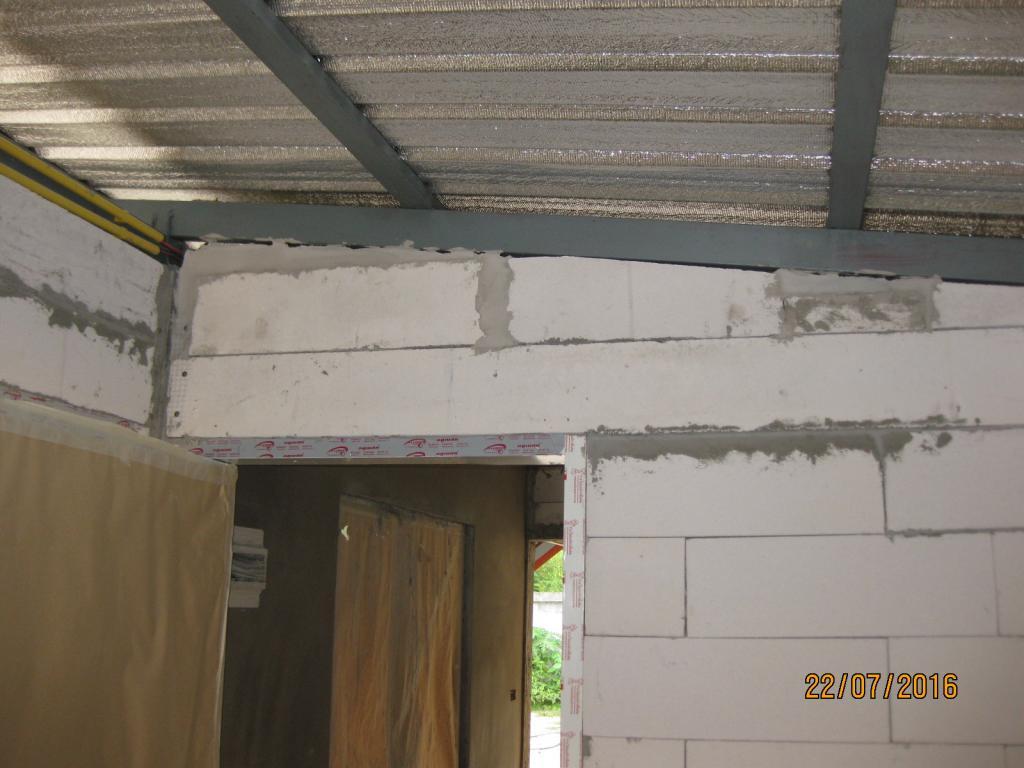
Small Pump and Timer for my Fountain Girls and Snake
in DIY Forum
Posted
Hey thanks Lop3. Great suggestion.
Got any guesstamates of the size pump I would require?